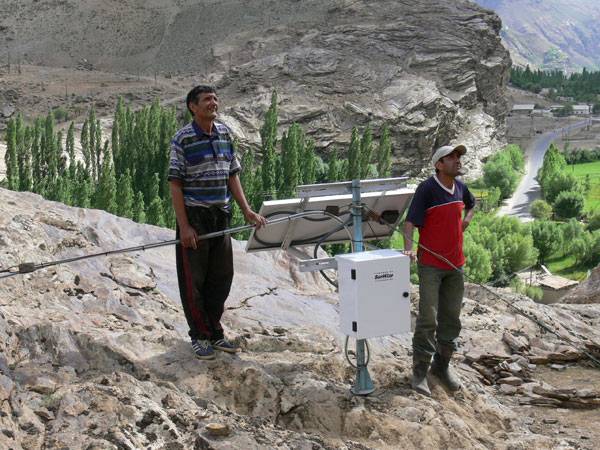The Importance of Seismic Monitoring in Remote Areas
 Solar power is a vital energy source for scientific research, especially in remote locations far from utility lines. Many critical monitoring systems rely on continuous power, making solar energy an ideal solution. Seismic monitoring plays a crucial role in understanding earthquakes, which can cause severe damage to the environment, homes, and infrastructure. However, its importance goes beyond rare, destructive events. Ongoing seismic activity helps scientists study fault lines, predict potential hazards, and improve early warning systems.
Solar power is a vital energy source for scientific research, especially in remote locations far from utility lines. Many critical monitoring systems rely on continuous power, making solar energy an ideal solution. Seismic monitoring plays a crucial role in understanding earthquakes, which can cause severe damage to the environment, homes, and infrastructure. However, its importance goes beyond rare, destructive events. Ongoing seismic activity helps scientists study fault lines, predict potential hazards, and improve early warning systems.
Today, GPS technology extends beyond earthquake monitoring. Highly sensitive GPS applications track the constant, subtle movements of the Earth’s crust. A vast network of GPS stations across the world provides valuable data, helping scientists understand large-scale tectonic activity and how different regions are shifting over time. Since seismic movement is continuous beneath the Earth’s surface, monitoring these shifts is essential for studying the planet’s ongoing changes. This research aids in understanding plate tectonics, earthquake cycles, and even climate-related geological activity.
Seismic monitoring technology advances our understanding of Earth through mapping and geolocation. It supports fields such as seismology, geology, and volcanology while also enhancing public safety. Early detection of seismic events can help mitigate risks, giving communities more time to prepare for potential disasters. These monitoring stations must operate without interruption, often in harsh and isolated environments.
SunWize solar solutions ensure these monitoring systems remain operational day and night, regardless of weather conditions. With reliable off-grid solar power, scientists can collect continuous data from remote locations without worrying about power disruptions. As a result, organizations conducting seismic research can focus on their work without the limitations of traditional power sources. Ultimately, SunWize helps make cutting-edge research and life-saving seismic monitoring possible, contributing to a better understanding of our ever-changing planet.
Capabilities PDF
